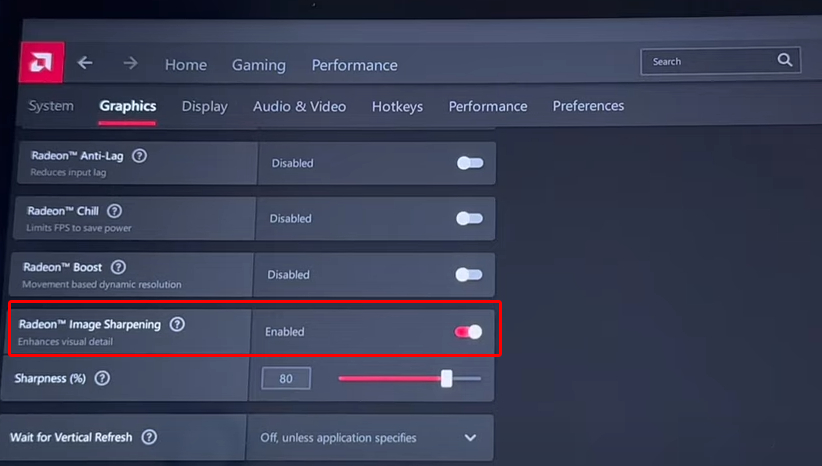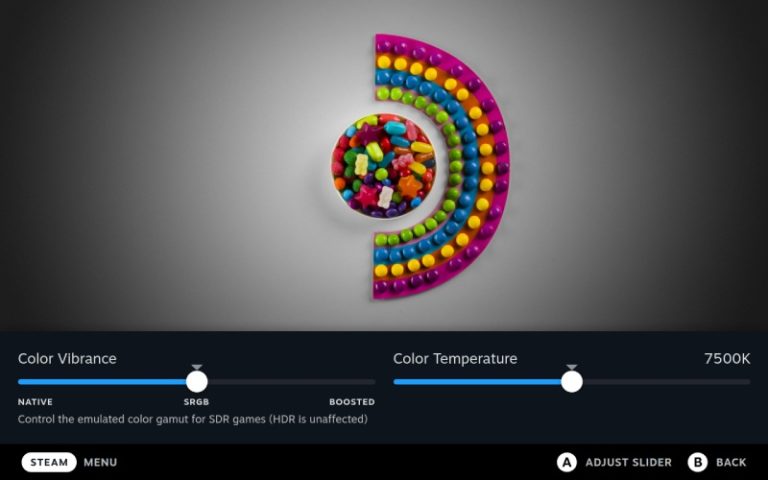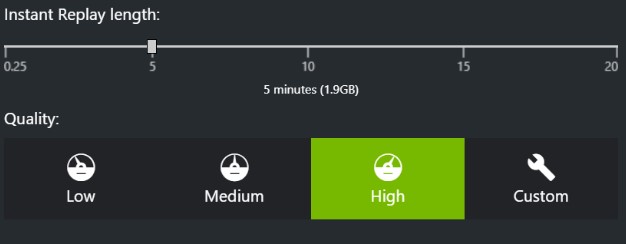What is Radeon Image Sharpening (RIS)? How It Helps Your Handheld’s Graphics Less Blurry
What’s not to love about sharp, crystal-clear images? They bring video games to life, make movies more immersive, and generally just enhance our digital experience.
This is where Radeon Image Sharpening (RIS) steps in. It’s a feature bundled with AMD’s Radeon graphic cards designed to transform the quality of images on your screen.
Radeon Image Sharpening (RIS) is a modern technology that has redefined the graphical experience. This feature, incorporated into the AMD Radeon series of graphic cards, is designed to enhance the overall quality of the images being processed.
Its primary purpose is to improve the sharpness of images without significantly compromising system performance.
Table of Contents
What is Radeon Image Sharpening?
In plain English, Radeon Image Sharpening is like that sprinkle of paprika on your favorite dish – it adds the extra zing!
In tech terms, it’s an innovation bundled with AMD’s Radeon graphic cards that makes the images on your screen pop with vibrancy and detail.
Radeon Image Sharpening is a feature that uses a contrast-adaptive sharpening algorithm to improve the quality of images on your screen.
This is primarily accomplished by increasing the contrast and sharpness of edges within the image, thus making details more visible and crisp.
By doing this, RIS can enhance the overall visual experience for users, especially in graphically-intensive activities such as gaming or digital media processing.
How does Radeon Image Sharpening Work?
At its core, RIS operates on a simple principle: increasing contrast to enhance detail. The technology works by first analyzing the image, focusing particularly on identifying areas where it can heighten contrast.
Once these areas have been identified, the next step is to enhance the contrast. However, RIS doesn’t just boost contrast blindly. It is particularly adept at identifying and enhancing the edges of objects in the image, thus ensuring that the details become sharper and more distinct.
What sets RIS apart from traditional sharpening techniques is its ability to maintain a balance between enhancing detail and preserving the original qualities of the image.
Instead of over-sharpening, which can often introduce noise into the image, RIS ensures that the enhancements made are just right, thus preserving the integrity of the image while enhancing its sharpness and detail.
Performance Impact
The effectiveness of Radeon Image Sharpening (RIS) is not just reflected in the improved image quality it provides, but also in the minimal performance impact it has on the system. The secret to this efficiency lies in how and where RIS operates.
RIS is integrated at the driver level, meaning it sits close to the heart of your system’s operation. Because of this close integration, it bypasses many of the typical bottlenecks that can slow down other types of post-processing effects.
For instance, RIS doesn’t need to go through additional layers of software to do its job. It directly communicates with the graphics hardware, streamlining the entire sharpening process.
This significantly reduces the system load and helps RIS to perform its magic without affecting the overall system performance.
A key aspect of RIS’s performance efficiency is the unique algorithm it uses. The contrast-adaptive sharpening algorithm stands out from other sharpening methods due to its less resource-intensive nature.
Traditional sharpening algorithms tend to overwork, trying to enhance every detail they come across, which can lead to over-sharpening and cause system strain.
Contrarily, the contrast-adaptive algorithm employed by RIS is smarter. It selectively identifies and enhances areas of the image where an increase in sharpness would be most beneficial. This way, it avoids unnecessary over-processing, which not only leads to better visual results but also ensures fewer system resources are used.
Therefore, with RIS, it’s a win-win situation. On one hand, it delivers an enhanced visual experience with sharper and more detailed images.
On the other hand, it does so without causing a significant performance hit, ensuring that your system remains responsive and smooth.
Compatibility and Use Cases
Radeon Image Sharpening is compatible with various graphical interfaces, such as DirectX 12, DirectX 9, and Vulkan. It’s like a universal remote, seamlessly connecting with various graphical interfaces.
- Thanks to this, the world of gaming is where RIS shines brightly. Games often have intricate graphics and require detailed rendering to immerse players fully. Whether it’s the lush landscapes in a fantasy game, the minute detailing on a character’s armor, or the complex textures in a simulated environment, RIS works meticulously to enhance these elements. By sharpening the edges and adding contrast, it improves the overall visual experience, making every gaming session an immersive visual feast.
- But RIS isn’t limited to just gaming. Its applications spread to any task that involves heavy graphical processing. If you’re into digital media processing, for instance, RIS is your silent partner. Whether you’re editing a video, creating 3D designs, or simply watching a high-definition movie, RIS steps in to ensure that every frame is as sharp and vibrant as possible. It subtly improves the image quality, making colors more vivid and images more lifelike.
- Moreover, RIS could prove useful in professional settings as well. Architects, designers, and engineers working with complex 3D models could benefit from the sharpness and clarity RIS brings to their detailed renderings. Similarly, digital artists can make their creations more impactful with the enhanced contrast and detailing RIS provides.
How Handheld Gaming Pcs Can Benefit from RIS
In the world of handheld gaming, the screen’s size plays a crucial role in the overall gaming experience. With limited screen real estate, every pixel counts, and this is where Radeon Image Sharpening (RIS) comes into play. The RIS technology is designed to enhance the image quality by increasing the sharpness and contrast of the images.
This means that even on a smaller screen, the details of the game don’t get lost. The character details, the landscapes, the minute intricacies of the game’s design, everything becomes clearer and more distinct, making the gaming experience far more immersive and engaging.

Moreover, the efficiency of RIS is another significant advantage for handheld gaming. As handheld devices often have less processing power compared to traditional desktop PCs, the less resource-intensive nature of RIS is a boon.
When you reduce a game’s resolution and enable RIS, it manages to improve image quality without causing a significant performance hit, allowing games to run smoothly even on less powerful systems.
Consequently, handheld gamers can enjoy detailed and vibrant visuals without having to worry about lags or stutters. This combination of improved image quality and efficient performance makes RIS a game-changer in the realm of handheld gaming PCs.




